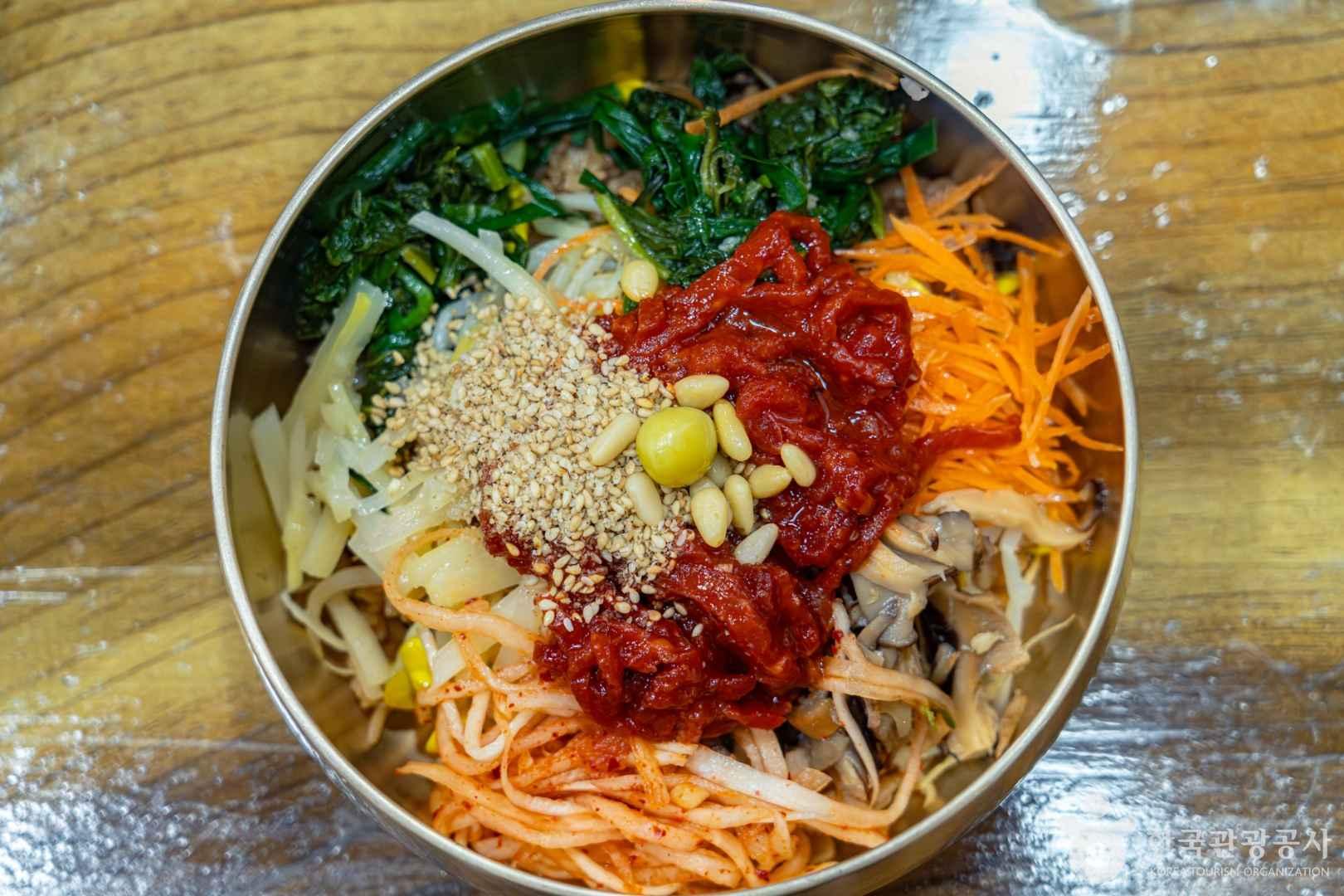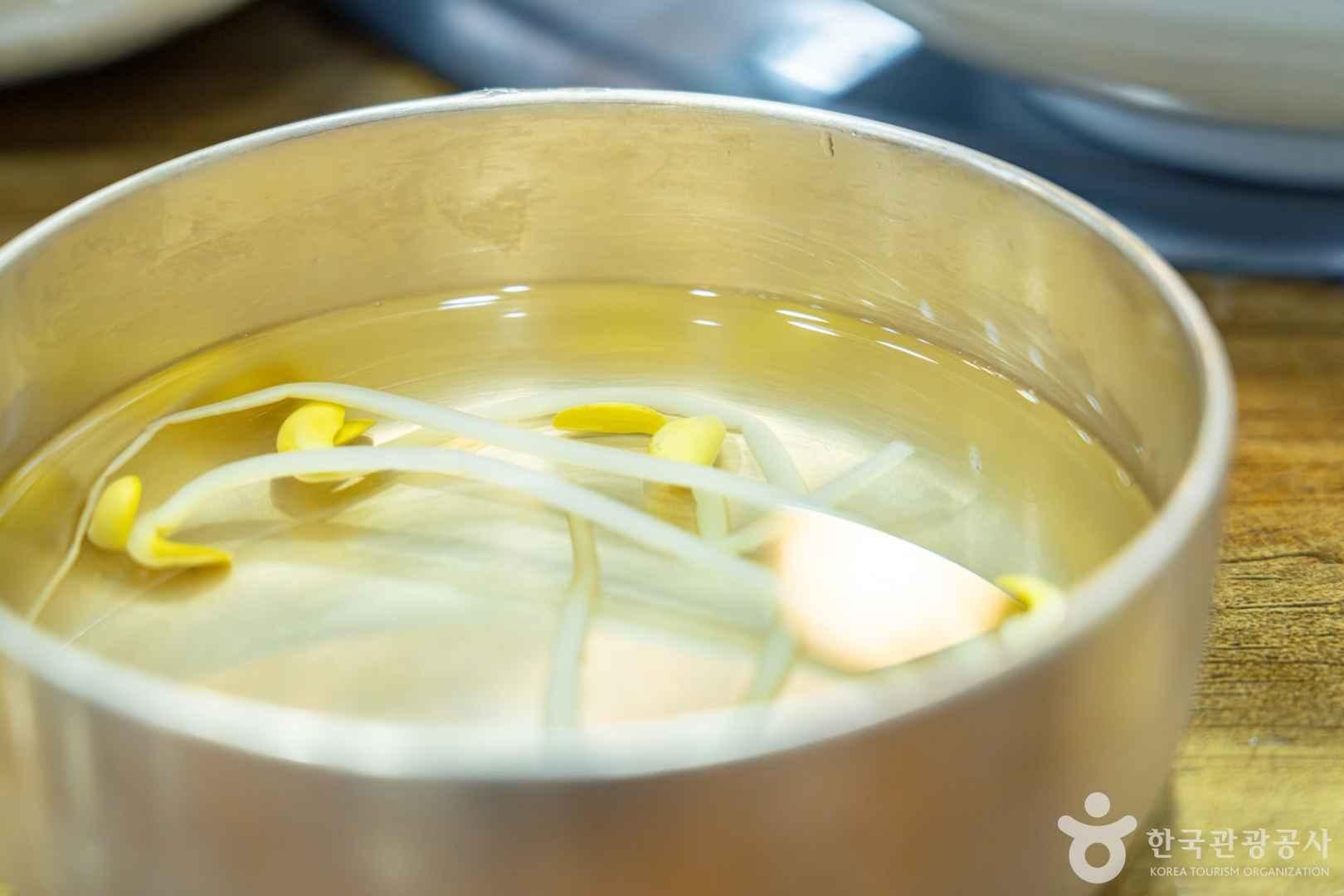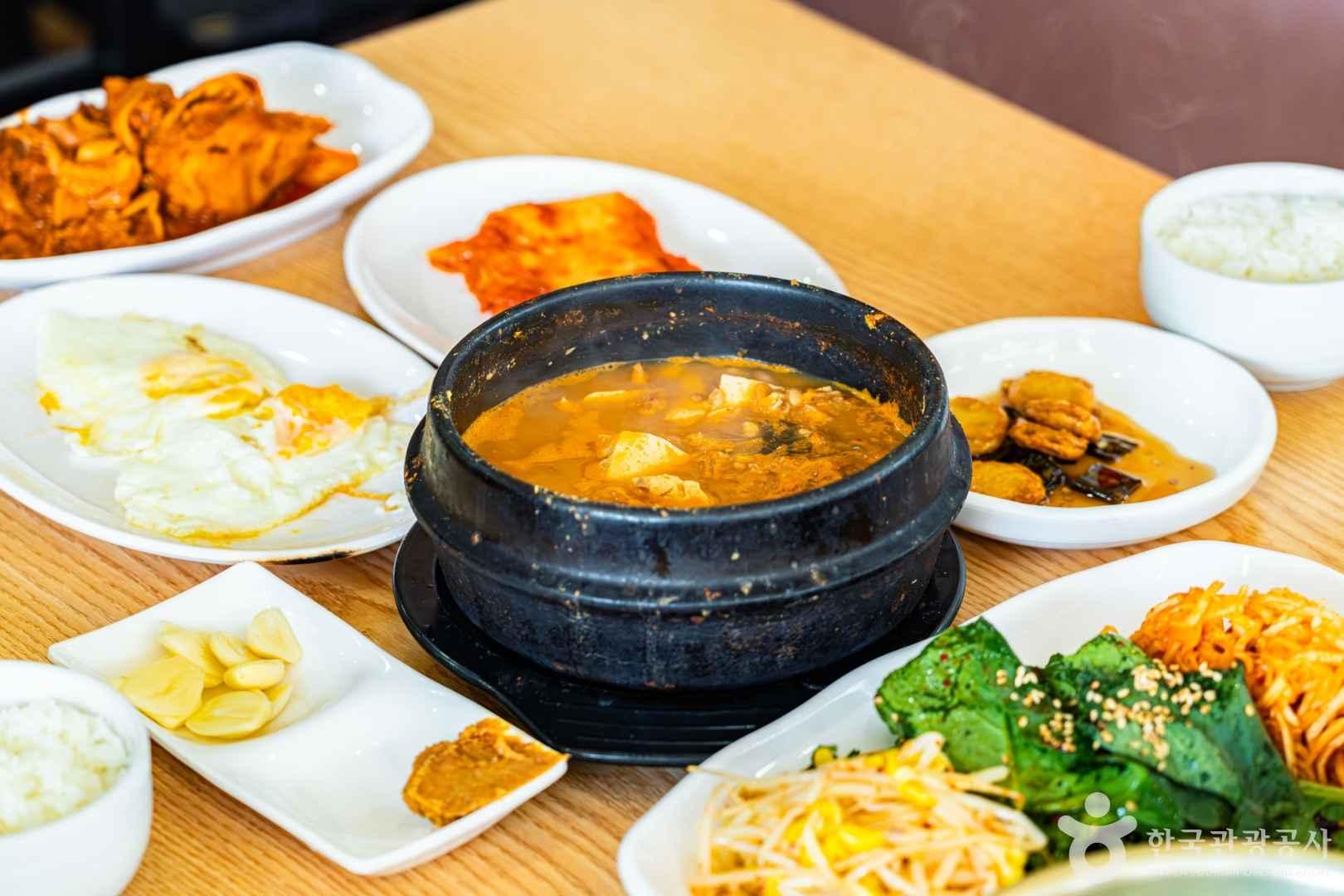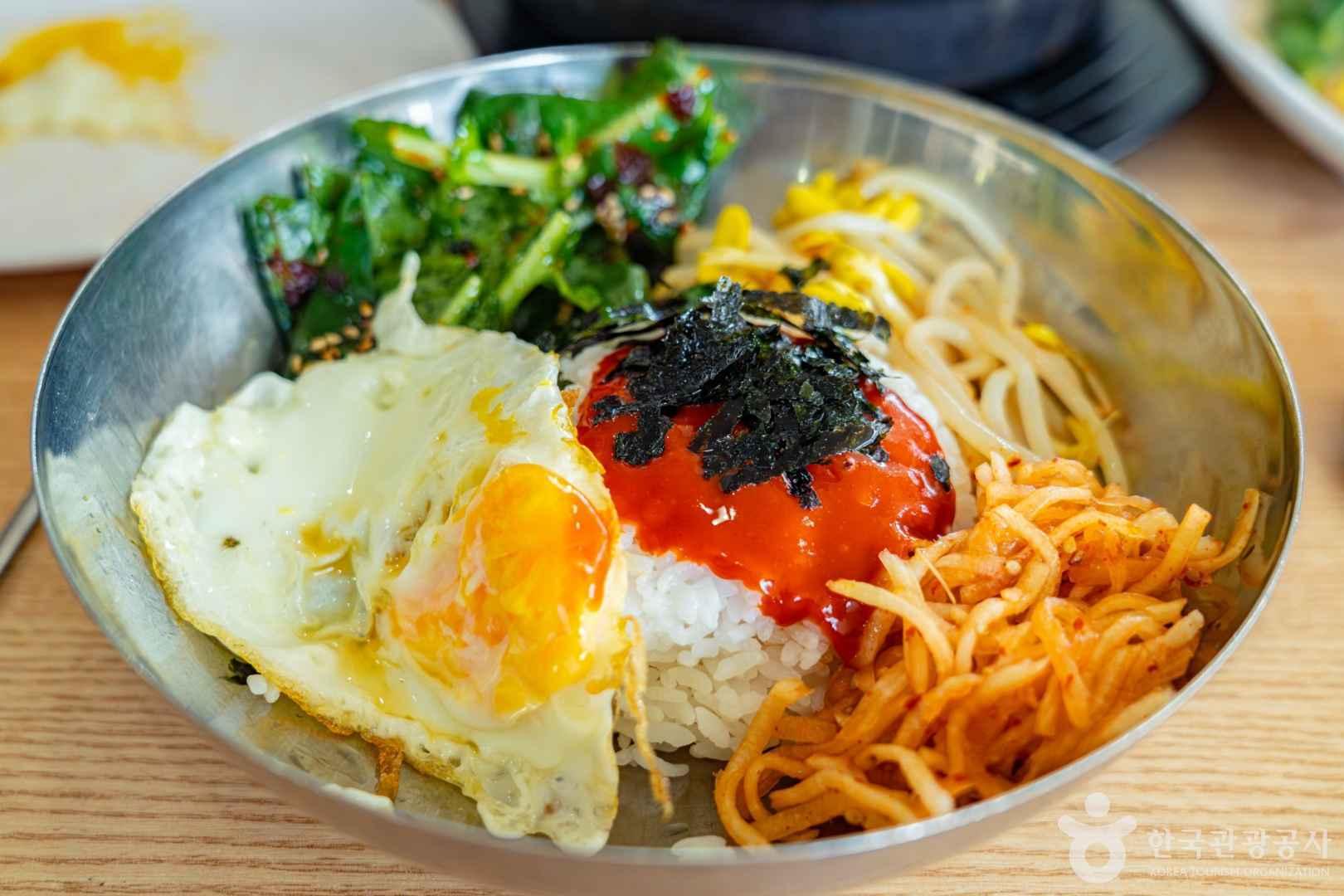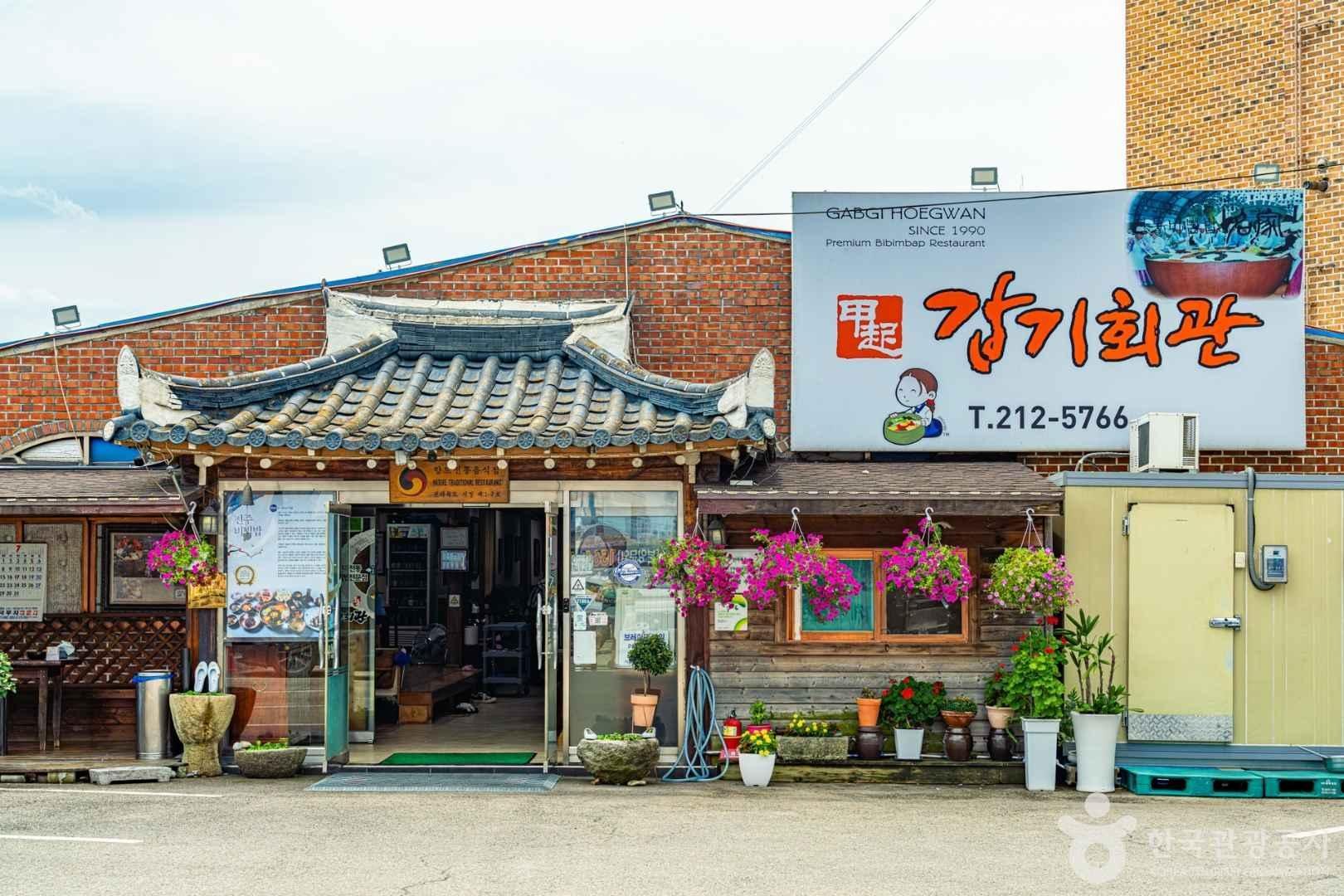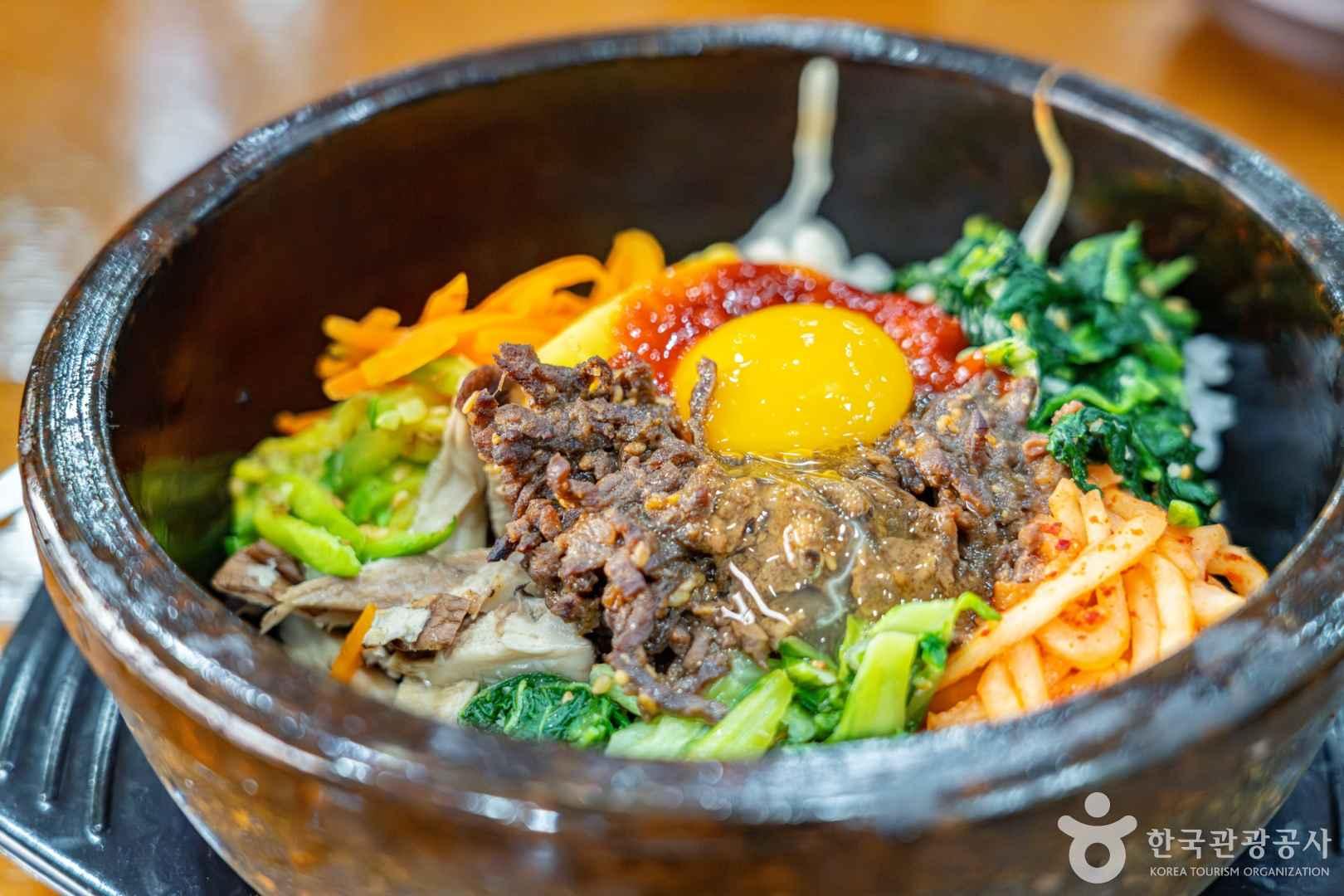
- Log in
-
- Sydney Overseas Office
- London Overseas Office
- Toronto Overseas Office
- Los Angeles Overseas Office
- New York Overseas Office
- Ulaanbaatar Overseas Office
- Dubai Overseas Office
- New Delhi Overseas Office
- Manila Overseas Office
- Jakarta Overseas Office
- Hanoi Overseas Office
- Kuala Lumpur Overseas Office
- Singapore Overseas Office
- Bangkok Overseas Office
- Map
- Sydney Overseas Office
- London Overseas Office
- Toronto Overseas Office
- Los Angeles Overseas Office
- New York Overseas Office
- Ulaanbaatar Overseas Office
- Dubai Overseas Office
- New Delhi Overseas Office
- Manila Overseas Office
- Jakarta Overseas Office
- Hanoi Overseas Office
- Kuala Lumpur Overseas Office
- Singapore Overseas Office
- Bangkok Overseas Office
Contents View
-
-
-
Jeonju Bibimbap: A Dazzling Harmony of Gastronomy
-
02/20/2025
-
1.8K
0
0
-
-
-
-
Jeonju Bibimbap: A Dazzling Harmony of Gastronomy

When & Where

Bibimbap can be enjoyed anytime, in any season. However, vegetables used in bibimbap are at their best in spring and fall.

Jeonju bibimbap restaurants can be found in various parts of Jeonju. Even within Jeonju Hanok Village, one of the most famous tourist sites in Jeonju, you can easily find restaurants serving Jeonju bibimbap.
Bibimbap captivates with its colorful and varied array of toppings. Freshly made steamed white side is topped with spinach, bracken, bean sprouts, and other vegetables, as well as egg, beef, and more. The entire bowl is typically seasoned with red chili paste and sesame oil.
Origins of Jeonju Bibimbap
Jeonju has always been famous for its bibimbap, but the history and origins of what we know today as Jeonju bibimbap remain unclear. Some say that it originated from a dish served in the royal palace before spreading to the common people, while others argue that it began as a way to use leftover food from ancestral rites. Some argue that Jeonju bibimbap was already eaten during the mid-Goryeo period, while others trace its origins to a recipe found in the late Joseon period cookbook, Siuijeonseo.
The restaurant ‘Ompangjip,’ which opened immediately after the liberation of Korea in 1945, is said to have become an esteemed restaurant in Jeonju because it served jogi jjigae (yellow croaker stew), jeoneo gui (grilled gizzard shad), and other side dishes with bibimbap, rather than the usual steamed rice.
The oldest bibimbap restaurant that survives to this day is ‘Han Kook Jib’. Originally opened as a rice cake shop in 1952, Han Kook Jib is said to have begun serving bibimbap in 1953. Back then, there were many bibimbap restaurants in Jeonju’s Nammun Market. Han Kook Jib sought to elevate the bibimbap from a standard market food to a more refined dish, which is considered the origin of today’s Jeonju bibimbap.
After the 1970s, Jeonju bibimbap became known in Seoul and across Korea, and since then, it has become one of the most famous Korean dishes in the world.
Characteristics of Jeonju Bibimbap
Steamed rice is generally made with plain water. However, the rice used for Jeonju bibimbap is made with ox bone broth or vegetable broth made with bean sprouts. Steaming the rice this way makes the rice not only flavorful but also prevents the grains from sticking to each other, allowing them to blend smoothly when mixed with the vegetables.
Another ingredient that distinguishes Jeonju bibimbap from that of other regions is yellow mung bean jelly. This jelly is made by coloring the standard mung bean jelly with natural dye made with gardenia fruit. Its luxurious hue gives the Jeonju bibimbap a unique and refined appeal, setting it apart from other types of bibimbap.
What Ingredients are Used in Bibimbap?
First, there is namul, or seasoned vegetables, used as an ingredient in bibimbap. Bibimbap typically includes namul made from bean sprouts, spinach, bracken, bellflower root, zucchini, short-fruit Pimpinella, and golden oak mushrooms.
To maximize the flavor and texture of the ingredients, each type of namul should be cooked separately using optimal methods. The bean sprouts are boiled until slightly translucent, and zucchini is julienned and stir-fried in oil. Golden oak mushrooms are blanched and tossed with sesame oil or stir-fried in an oiled pan. Short-fruit Pimpinella is soaked and blanched, and then stir-fried in oil.
Beef is also an important part of bibimbap. Cooked beef is used for general bibimbap, while a popular variation, yukhoe bibimbap (beef tartare bibimbap), features beef tartare. The beef tartare used for this purpose is made from beef butchered on the same day and is seasoned with red chili paste, garlic, sesame oil, and other seasonings.
The final ingredient is egg. Typically, the egg white is cooked, thinly sliced, and added to the dish, while the yolk is left raw. Alternatively, a fried egg can be used instead.
How to Enjoy a Bowl of Jeonju Bibimbap
Jeonju Bibimbap is a harmonious blend of ingredients, all placed together in a single bowl. When you get your bowl of bibimbap, you simply need to mix everything together and enjoy. A spoon is used to mix the bibimbap, but chopsticks may also be used. The spoon is ideal for pressing and combining ingredients, while chopsticks allow you to ensure the sauce coats everything evenly. You can hold your spoon in one hand and chopsticks in the other and use them together as well. After mixing, taste your bibimbap, and if the flavor feels too mild, add a bit more red chili paste to enhance it.
If you have mixed the ingredients properly, you will find that the bibimbap has evolved to something quite different from its original presentation. But there is no need to worry; all the ingredients come together harmoniously to enhance the flavor of this dish.
Restaurants Information
Experience Information

